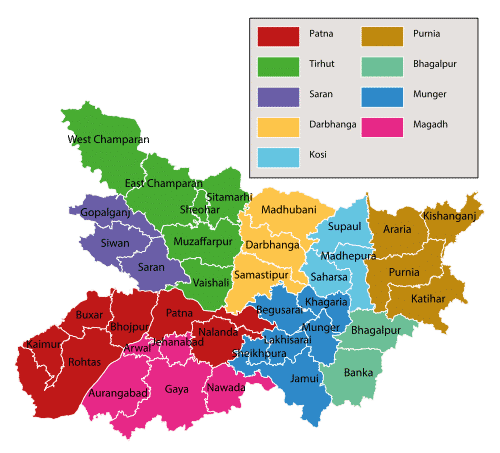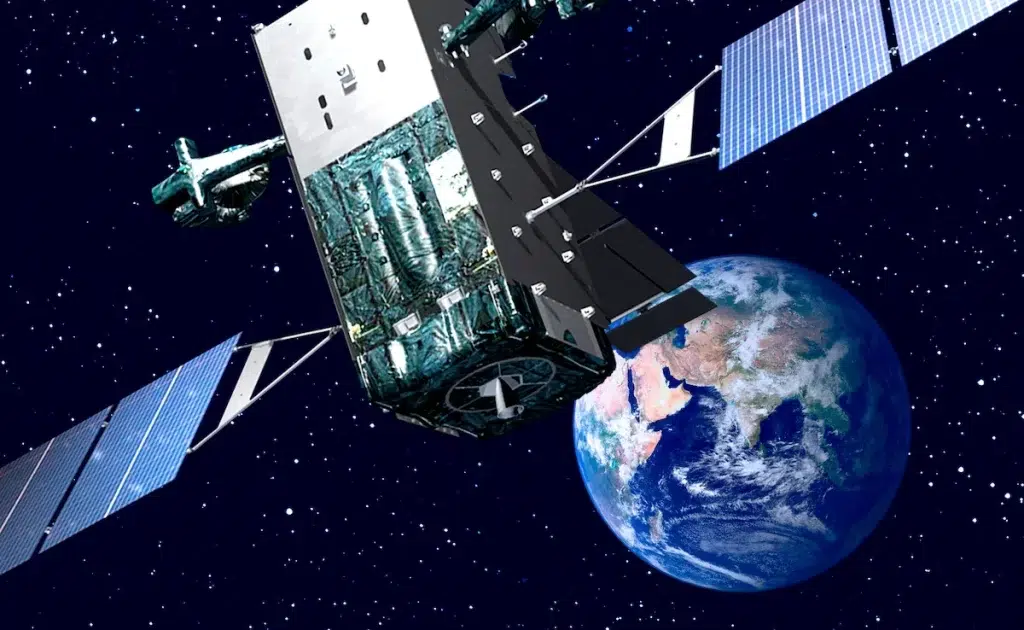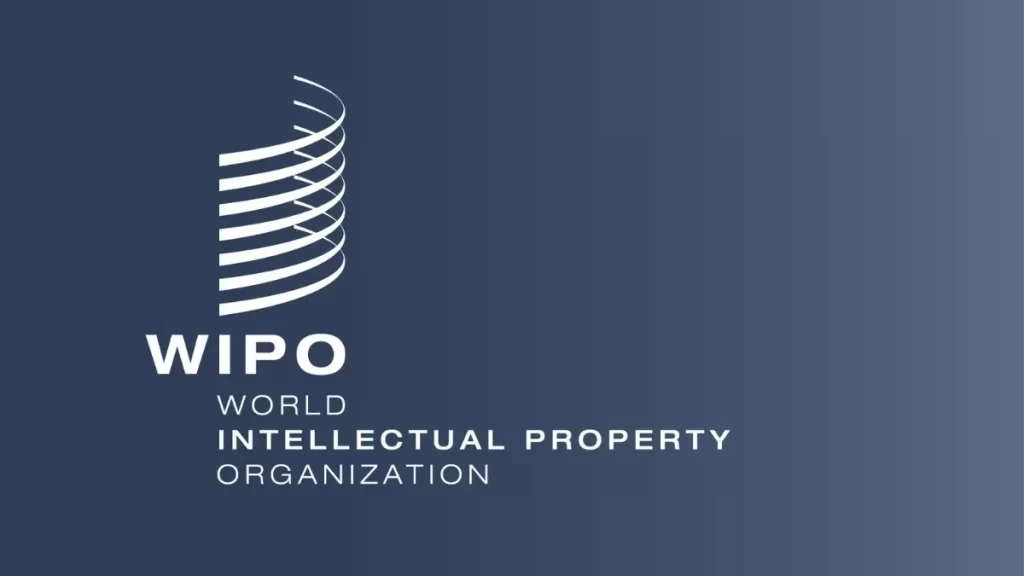Introduction of Glacial Lake Outburst Flood
Glacial lakes are common in the high elevation of glacierised basin. They are formed when glacial ice or moraines or natural depressions impound water. There are varieties of such lakes, ranging from melt water ponds on the surface of glacier to large lakes in side valleys dammed by a glacier in the main valley. These lakes normally drain their water through seepage in front of the retreating glacier. The moraine creates topographic depression in which the melt water is generally accumulated leading to formation of glacial lake. When this lake is watertight, melt waters will accumulate in the basin until seepage or overflow limits the lake level.
Such moraine-dammed lakes appear to be the most common type of glacial lakes. The impoundment of the melt may sometimes be unstable, leading to sudden release of large quantities of stored water. Failure of these ice or moraine dams leading to disastrous destruction events has been documented throughout the world. Flash floods caused by the outburst of glacial lakes, called as Glacial Lake Outburst Flood (GLOF), are well known in Himalaya where such lakes had often been formed by landslides. GLOFs have immense potential of flooding in downstream areas, causing disastrous consequences due to release of large volumes of water in very short interval of time. Most often, the consequences arising out of such situations are highly unpredictable primarily due to lack of availability of sufficient data regarding rainfall intensity, location of landslide, impounded volume and area and physical conditions of lakes/ water bodies. Therefore, Glacial Lakes and Water Bodies in Himalayan Region need to be closely monitored.
What are GLOFs and how vulnerable are the Himalayas?
When glaciers melt, the water in glacial lakes accumulates behind loose, natural “glacial/moraine dams” made of ice, sand, pebbles and ice residue. A GLOF refers to the flooding that occurs when the water dammed by a glacier or a moraine is released suddenly.
Unlike earthen dams, the weak structure of the moraine dam leads to the abrupt failure of the dam on top of the glacial lake, which holds large volume of water. A failure of the dam has the potential of releasing millions of cubic metres of water in a short period, causing catastrophic flooding downstream. Peak flows as high as 15,000 cubic metre per second have been recorded in such events.
Why did this glacier burst?
A glacial lake outburst flood is a type of outburst flood caused by the failure of a dam containing a glacial lake. Seismic activity and a buildup of water pressure can cause glaciers to burst, but one particular concern is climate change. High temperatures coupled with less snowfall can accelerate melting, which causes water to rise to potentially dangerous levels.
“Most mountain glaciers around the world were much larger in the past and have been melting and shrinking dramatically due to climate change and global warming,” said Sarah Das, an associate scientist at Woods Hole Oceanographic Institute.
Can such disasters be predicted?
Past deadly or highly destructive glacial floods have occurred in Peru and Nepal. But the remote locations of glaciers and a lack of monitoring mean we don’t have a clear understanding of how often they occur and if they are increasing. Given the overall pattern of warming, glacier retreat, and increase in infrastructure projects, though, it seems natural to hypothesize that these events will occur more frequently and will become overall more destructive if measures are not taken to mitigate these risks. A number of imminent potentially deadly glacier burst and flood situations have been identified worldwide, including in the Himalayas and South American Andes. But while monitoring is possible, the remoteness of most glaciers presents challenges. There are many glaciers and glacial dammed lakes across the Himalayas, but most are unmonitored. Many of these lakes are upstream of steep river valleys and have the potential to cause extreme flooding when they break. Where these floods reach inhabited regions and sensitive infrastructure, things will be catastrophic. A 2010 information page published by the International Centre for Integrated Mountain Development called for more glacier monitoring in the Hindu Kush Himalayas to better understand the real degree of glacial lake instability. The region where the glacial burst occurred is prone to landslide and flash flooding, and environmentalists have cautioned against building in the region.








